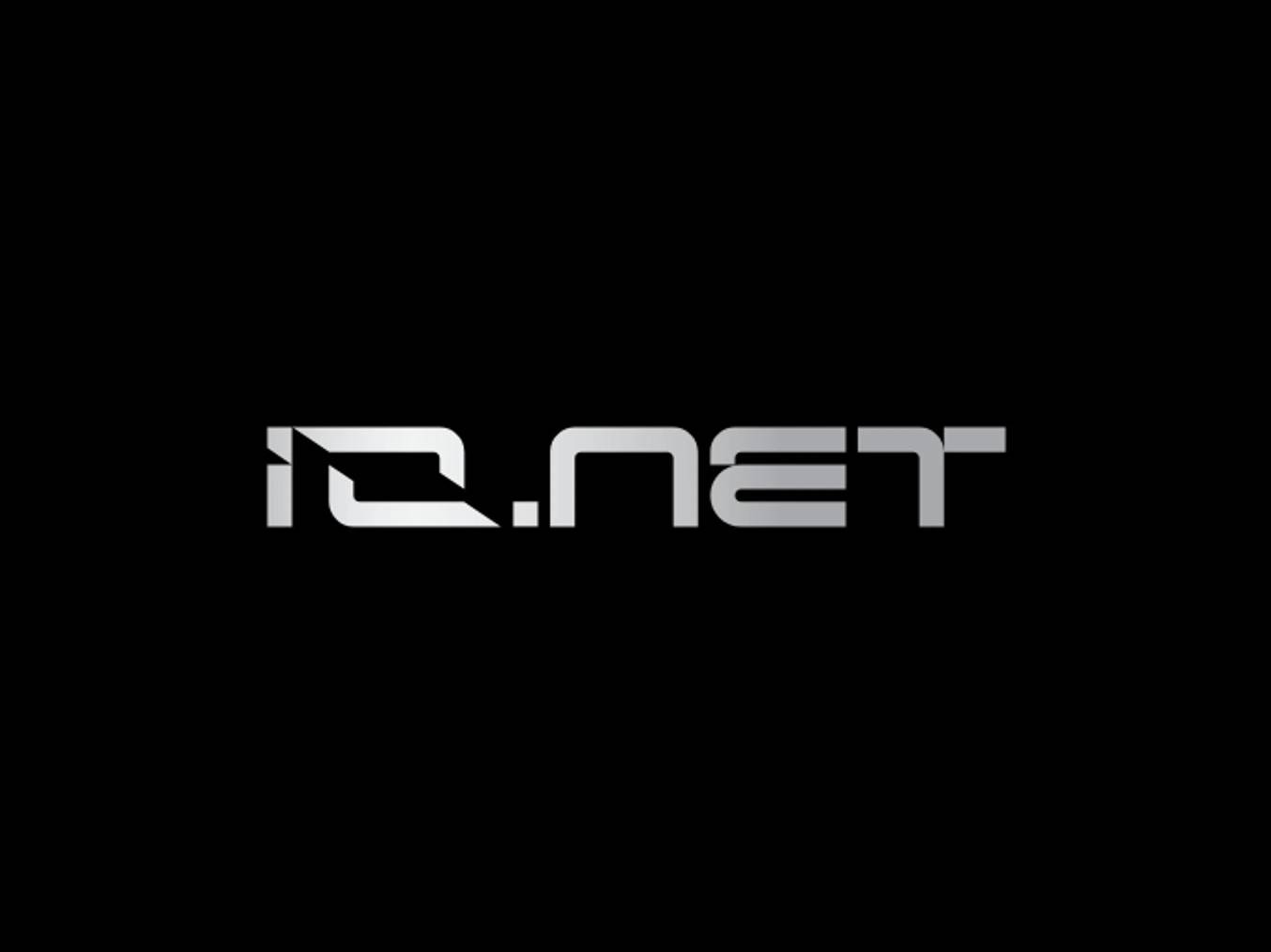위키 구독하기
Share wiki
Bookmark
io.net
io.net
io.net은 전 세계 사용자가 주문형으로 확장 가능한 컴퓨팅 리소스를 제공하는 GPU 네트워크에 액세스할 수 있도록 하는 분산형 컴퓨팅 플랫폼이며, 네트워크 인센티브 및 교환 단위로 기능하는 IO 토큰을 기반으로 Solana blockchain 상에 구축되었습니다. 이 플랫폼은 분산형 클라우드 모델 및 DePIN을 통해 인공 지능(AI) 및 기계 학습(ML)과 같은 애플리케이션을 위한 고성능 컴퓨팅을 쉽게 이용할 수 있도록 설계되었습니다. [1][2]
개요
io.net은 기존의 중앙 집중식 클라우드 제공업체의 대안으로 기능합니다. 분산 인프라인 IO Cloud를 통해 사용자는 전용 하드웨어 또는 복잡한 관리 작업에 대한 필요성을 줄여 GPU 클러스터를 배포하고 관리할 수 있습니다. Ray 프레임워크를 기반으로 구축된 IO Cloud는 기계 학습 및 AI 프로젝트와 통합되어 분산 금융 환경에서 유연성과 확장성을 제공합니다. [1][2][3]
주요 기능
- 주문형 GPU 액세스
io.net의 주문형 모델은 권한 장벽 없이 GPU 리소스에 액세스할 수 있도록 하며, 배포를 간소화하고 개발자가 ML 스택을 효율적으로 사전 구성하고 관리할 수 있는 도구를 제공합니다. - 글로벌 인프라
138개국 이상에서 운영되는 io.net은 광범위한 GPU 및 CPU 네트워크를 지원하며, 분산된 인프라를 통해 지연 시간을 줄이고 AI 및 ML 애플리케이션의 성능을 유지합니다. - 하드웨어 옵션
io.net은 AI 프로세서와 유연한 프로세서 구성을 선택할 수 있으며, 변동하는 사용자 수요에 자동으로 조정되는 확장 가능한 클러스터를 제공합니다. - 지속 가능하고 안전한 운영
인증된 데이터 센터와의 파트너십을 통해 io.net은 지속 가능한 GPU 액세스 옵션을 제공합니다. 이 플랫폼은 SOC2 규정을 준수하며 데이터를 보호하기 위해 엔드투엔드 암호화를 사용합니다. - 통합 결제 시스템
io.net은 Solana blockchain과 통합되어 Solana Pay를 통한 결제를 가능하게 하며, USDC 거래 수수료는 최소화(2%)되고 컴퓨팅 리소스 예약 수수료는 0.25%입니다.
IO Workers
IO Workers 프로그램을 통해 사용자는 웹 애플리케이션을 통해 GPU 및 CPU를 대여하여 분산된 컴퓨팅 성능 네트워크에 기여할 수 있습니다. IO Workers는 실시간 성능 및 리소스 사용을 감독하는 모니터링 도구를 갖추고 있습니다. [4]
IO Explorer
IO Explorer는 io.net의 네트워크 메트릭 및 운영 데이터에 대한 통찰력을 제공하도록 설계된 모니터링 도구입니다. 이 기능은 클러스터 성능, 리소스 활용률, 예약률 및 거래 내역에 대한 자세한 보기를 제공하여 실시간으로 네트워크 기능을 평가할 수 있도록 합니다. 데이터 개인 정보 보호에 중점을 두어 IO Explorer는 필수적이지 않은 정보에 대한 액세스를 제한하고 권한이 있는 사용자에게만 관련 시스템 메트릭만 표시합니다. [5]
IO ID
IO ID는 리소스 기여와 관련된 재정을 관리하기 위한 io.net 생태계 내의 중앙 허브 역할을 합니다. 수입 및 지출에 대한 정보를 구성하여 GPU 및 CPU 기여로 인한 수익에 대한 구조적인 감독을 용이하게 합니다. 이 도구는 재정 거래에 대한 명확한 요약을 제공하고 네트워크 내에서 생성된 수입을 관리하기 위해 암호화폐 인출을 지원합니다. [6]
IOG Network
"GPU의 인터넷"으로 알려진 IOG Network는 io.net의 분산형 컴퓨팅 기능을 확장합니다. 사용자 지정 Ray 프레임워크를 활용하여 워크로드 분산을 최적화하고 확장성을 향상시켜 기밀 컴퓨팅 및 대규모 AI 교육을 포함한 고성능 애플리케이션을 지원합니다. 오픈 소스 플랫폼으로서 IOG Network는 글로벌 AI 커뮤니티 내에서 협업 개발을 장려합니다. [1][2]
IO 토큰
IO 토큰은 io.net 생태계에 필수적이며, Solana blockchain 상에 구축된 교환 단위 및 네트워크 인센티브 도구로 작동합니다. 인공 지능(AI) 및 기계 학습(ML) 애플리케이션을 위한 분산 인프라를 지원하도록 설계된 IO는 특히 GPU 및 CPU 리소스를 제공하고 소비하는 참가자 간의 상호 작용을 가능하게 합니다. 확장 가능한 컴퓨팅 리소스에 대한 수요가 증가함에 따라 IO는 리소스를 효율적으로 분산하고 네트워크 기여자의 지속적인 참여를 장려하는 프레임워크를 제공합니다. [7]
토큰 경제학
초기 공급량
출시 시 io.net은 5억 개의 IO 토큰을 초기 유통 공급량으로 출시했으며, 총 상한선은 8억 개의 토큰입니다. 배포는 20년에 걸쳐 예정되어 있으며, 가용성과 점진적인 공급 감소 사이의 균형을 제공하는 구조적인 출시 모델을 따릅니다. 토큰 공급 한도는 8억 개로 설정되어 있으며, 네트워크가 발전함에 따라 시간이 지남에 따라 배출률이 감소할 계획입니다.
디플레이션 배출 모델
다른 네트워크에서 사용하는 모델과 유사한 디플레이션 일정에 따라 io.net은 IO의 연간 인플레이션율을 점진적으로 줄일 것입니다. 초기 비율 8%로 시작하여 이 인플레이션율은 매년 약 12.165% 감소하여 20년 말에는 약 0.68%에 도달할 것입니다.
잘못된 내용이 있나요?
